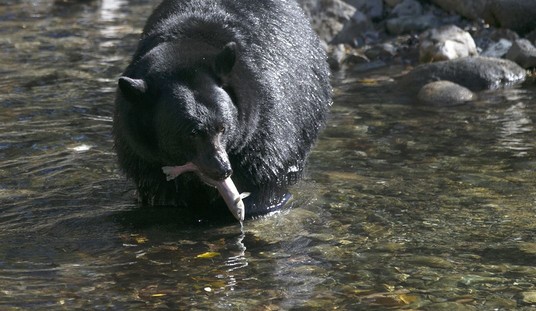Okay, right from the start, the rhetoric in the headline is just that. I mean, Patty has the day named after him, after all, so no - it is not a misnomer. But still, given the ritualistic imbibing taking place this weekend, there is another possibly more worthy figure for whom we could raise a toast, but we’ll touch on that in a wee bit.
As the day was created in Ireland to celebrate the famed saint, there were natural reasons the celebration would also involve the tippling of tankards. St. Patrick is entwined with numerous myths, the snakes being evicted from the isle being the most widely recalled. His history with Ireland may surprise some as not being truly native, but he remains the most widely regarded figure all the same. A truncated history of the man:
He was born in Britain, but raiders poured into his region and as a teen he was kidnapped and forced to work as a shepherd in Ireland. Over the years, he became devout, and one day he said he heard a voice commanding him to take a boat back to Britain. Once returned, he reunited with his family and became a man of the cloth. Then he had a vision of the people of Ireland calling for him to return and guide them. He did return to the country as a missionary, and subsequently, he transformed that nation.
Padraig is credited with transforming the religion of the country from Pagan and Druid practices to Catholicism, developing a monastic system. This transformation led to Ireland becoming literate, as Latin was learned and then Gaelic became a written form. He is credited with some apocryphal numbers, such as creating 300 churches and converting possibly 100,000 people. But there are valid reasons for a drinking connection to the man and his eponymous holiday.

Another fable associated with Patrick is Peaca an Tomhais, known as “The Sin of the Mismeasure.” When the famous cleric entered an establishment and was served a beer it was delivered at an amount far less than the requested pint. Patrick lectured the tender that he just executed a sin that is one of the worst committed. There is also a religious connection to imbibing on the 17th.
The date comes roughly at the halfway point of Lent, when many of the devout forgo the enjoyable aspects of life until Easter, such as eating meat and drinking. St. Patrick's Day is regarded by many as a one-day break from this abstinence of faith. But as welcoming as Patrick may have been to foam-sucking, there is another revered figure on the Isle of Emerald Hues even more tightly associated with the beer supped on the 17th.
The only recognized female patron saint of Ireland is St. Brigid, Mary of Gael Bride of the Isles. Among the numerous credits to her name, Brigid is recognized as the Patron Saint of Brewing. But in their era (circa 450-550 AD), women were the chief practitioners of zymurgy. Drinking water was a dicey product, with pollutants and toxins prevalent leading to illness and even death, so brewing was a method of purification and delivering potable beverages like meads and ales.
Brigid is credited with a number of myths, many beer related. One pertains to how she transformed the bathwater of lepers into a drinkable beer. Another legend has her creating a barrel of beer for the Easter celebration that managed to supply suds for 18 churches. Recently the country made February 1st a national St. Brigid’s Day. This was another Pagan holiday the church appropriated as it converted the masses, stemming from some of Patrick’s work.
In the region of Kildare, where Brigid derived, a brewery honors the saint with a mead-like brew made with all local ingredients from the regional barley, their own harvested honey, and Kildare Passion hops. That’s enough to declare it a sainted brew. It also sounds more potent than the vaunted name of Irish beer that all recognize – Guinness.

Many Guinness drinkers cling to their rich malt elixir with a rock-ribbed devotion, touting its benefits over many other beers, even as they declare that some people cannot handle the heft, the taste, or the strength of Guinness. The only problem? It retains few of those components. Despite its touted name as “stout” - which refers to beer with a stronger alcohol content - Guinness is lighter in character, standing at 4.2 percent, making it lower in alcohol than many light beers.
This is due to historical evolution. Wartime situations saw the government looking to fund operations with various sin taxes, one being a sliding scale applied to beer, wine, and spirits. Higher alcohol contents carried a higher surtax, so Guinness scaled down its potency for the sake of keeping its price manageable , and the content managed to remain in place since.
This reality actually affects the impact of one of the prominent orders heard in Irish pubs across the country. The name “Irish Car Bomb” instills an intimidating presence, but in reality it is a lower-octane option. This shamrock version of a Boilermaker/Depth Charge is a decently tasty option.
Irish Car Bomb
Pint glass half filled with Guinness
Shot glass filled with ½ Irish Whiskey
Shot glass Filled with ½ Bailey’s Irish Cream
Fill the shot glass with whiskey and Irish cream. Drop the shot into the beer and drink in its entirety in one swig.














